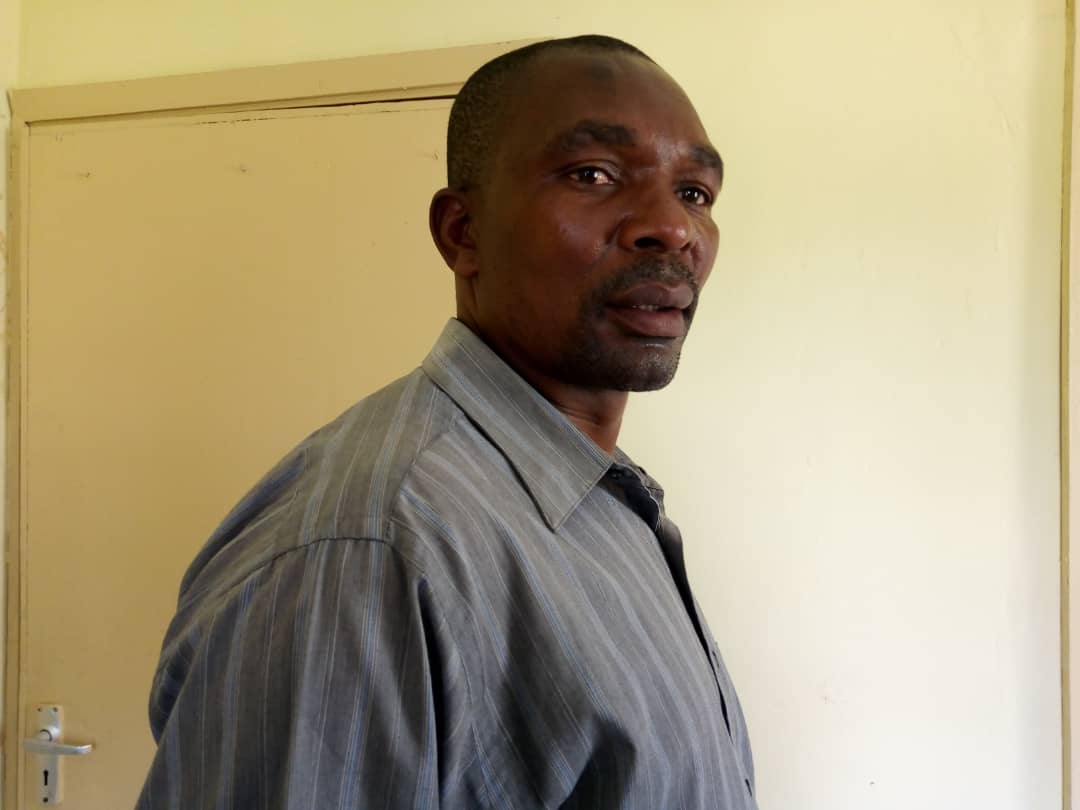Prime
Tanzania’s SGR gets special electricity status after power woes

What you need to know:
- A few days after commencing operations in July 2024, an electric train travelling between Dar es Salaam and Dodoma was forced to stop for two hours due to a power failure, with monkeys and owls blamed for the blackout.
Dodoma. Tanzania Electric Supply Company (Tanesco) has established a special region along the standard gauge railway (SGR) to effectively and efficiently address the electricity challenges that have been disrupting its operations.
A few days after commencing operations in July 2024, an electric train travelling between Dar es Salaam and Dodoma was forced to stop for two hours due to a power failure, with monkeys and owls blamed for the blackout.
Tanzania Railway Corporation (TRC) reported in a statement issued on July 31, 2024 that the power outage happened between Kilosa and Kidete stations.
“Preliminary reports suggest that the outage was caused by animals, such as monkeys, or birds like owls, coming into contact with the overhead catenary system wires,” the statement said.
“The outage resulted in a power cut at cooling station number 7 (Godegode), technically referred to as an Instantaneous Overcurrent Protection Trip, around 22.20.”
The second incident was reported on September 10, 2024 when an SGR train traveling from Dar es Salaam to Dodoma was delayed for several hours due to another power failure.
TRC explained that the incident occurred in the early hours of the morning of September 10, 2024, along the Ngerengere area.
“The delay of the journey was caused by technical issues. The challenge was resolved, and transportation services continued to be provided,” read part of the statement.
Similar incidents were reported in December 2024 and February 2025, prompting fears about the project’s sustainability and reliability.
However, Tanesco managing director Gisima Nyamuhanga told journalists in Dodoma on Wednesday that these challenges have now been resolved.
“There were indeed such problems, but during that period, Tanesco and our railway colleagues were on a learning curve. We have figured out how to resolve these issues,” he said.
Mr Nyamuhanga was responding to a question regarding the power disruptions affecting the high-speed rail service in East Africa, when briefing journalists on the company’s progress during the four years of President Samia Suluhu Hassan’s leadership.
He said Tanesco has established a dedicated line for the SGR, with a regional manager overseeing the area and supported by a full team to ensure any issues are promptly addressed.
Regarding purchasing electricity from neighbouring countries despite Tanzania’s significant local production capacity, Mr Nyamuhanga said the imports are not problematic, as Tanzania cannot function in isolation.
Mr Nyamuhanga stressed that cross-border trade remains beneficial to all parties involved.
“Exchanging goods and services across borders with neighbouring countries is inevitable. We will continue these exchanges as long as they benefit our citizens. Currently, we are buying electricity from Kagera and Sumbawanga until our Julius Nyerere Hydropower Project (JNHPP) infrastructure is complete.”
Mr Nyamuhanga said Tanzania’s electricity production has increased significantly in recent years, with more regions now connected to the national grid.
However, he noted that some areas, including Rukwa, Lindi, Mtwara, Katavi, Sumbawanga, and certain districts in Kagera, are still in the process of being connected, hinting that the target was to realize full national grid coverage by 2027.
In the past four years, Tanesco has made considerable progress, increasing the number of connected customers from 3.17 million to 5.39 million.
Additionally, the national power utility has expanded its electricity substations from 128 to 139 and successfully reduced electricity losses from 15.1 percent to 14.54 percent.
Regarding the JNHPP, Mr Nyamuhanga said the project was now 99.82 percent complete, noting the company was now focusing on expanding solar power projects, including in the Kishapu district, where it has already achieved 50 percent progress.





